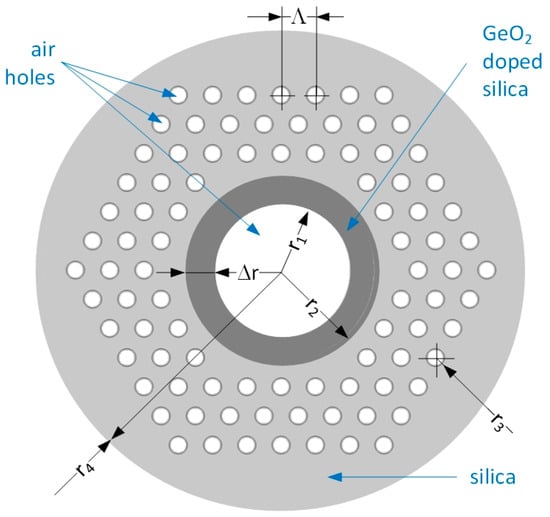By: Silchenko, Pavel S., Stepanov, Ekaterina A., Roman S., Chingizova, Ekaterina S., Menchinskaya, Panina, Sergey A., Dmitrenok, Vladimir I., Avilov, Popov, Vadim G., Kalinovsky, Elena G., Stonik, Kalinin, Anatoly I., Valentin A., Alexandra S.
Seven new monosulfated triterpene glycosides, djakonoviosides A (1), A1 (2), A2 (3), and B1–B4 (4–7), along with three known glycosides found earlier in the other Cucumaria species, namely okhotoside A1-1, cucumarioside A0-1, and frondoside D, have been isolated from the far eastern sea cucumber Cucumaria djakonovi (Cucumariidae, Dendrochirotida). The structures were established on the basis of extensive analysis of 1D and 2D NMR spectra and confirmed by HR-ESI-MS data. The compounds of groups A and B differ from each other in their carbohydrate chains, namely monosulfated tetrasaccharide chains are inherent to group A and pentasaccharide chains with one sulfate group, branched by C-2 Qui2, are characteristic of group B. The aglycones of djakonoviosides A2 (3), B2 (5), and B4 (7) are characterized by a unique structural feature, a 23,16-hemiketal fragment found first in the sea cucumbers’ glycosides. The biosynthetic pathway of its formation is discussed. The set of aglycones of C. djakonovi glycosides was species specific because of the presence of new aglycones. At the same time, the finding in C. djakonovi of the known glycosides isolated earlier from the other species of Cucumaria, as well as the set of carbohydrate chains characteristic of the glycosides of all investigated representatives of the genus Cucumaria, demonstrated the significance of these glycosides as chemotaxonomic markers. The membranolytic actions of compounds 1–7 and known glycosides okhotoside A1-1, cucumarioside A0-1, and frondoside D, isolated from C. djakonovi against human cell lines, including erythrocytes and breast cancer cells (MCF-7, T-47D, and triple negative MDA-MB-231), as well as leukemia HL-60 and the embryonic kidney HEK-293 cell line, have been studied. Okhotoside A1-1 was the most active compound from the series because of the presence of a tetrasaccharide linear chain and holostane aglycone with a 7(8)-double bond and 16β-O-acetoxy group, cucumarioside A0-1, having the same aglycone, was slightly less active because of the presence of branching xylose residue at C-2 Qui2. Generally, the activity of the djakonoviosides of group A was higher than that of the djakonoviosides of group B containing the same aglycones, indicating the significance of a linear chain containing four monosaccharide residues for the demonstration of membranolytic action by the glycosides. All the compounds containing hemiketal fragments, djakonovioside A2 (3), B2 (5), and B4 (7), were almost inactive. The most aggressive triple-negative MDA-MB-231 breast cancer cell line was the most sensitive to the glycosides action when compared with the other cancer cells. Okhotoside A1-1 and cucumarioside A0-1 demonstrated promising effects against MDA-MB-231 cells, significantly inhibiting the migration, as well as the formation and growth, of colonies.






/cloudfront-us-east-2.images.arcpublishing.com/reuters/X2U5LJ35WFKKPCHFIATNVC44PE.jpg)







